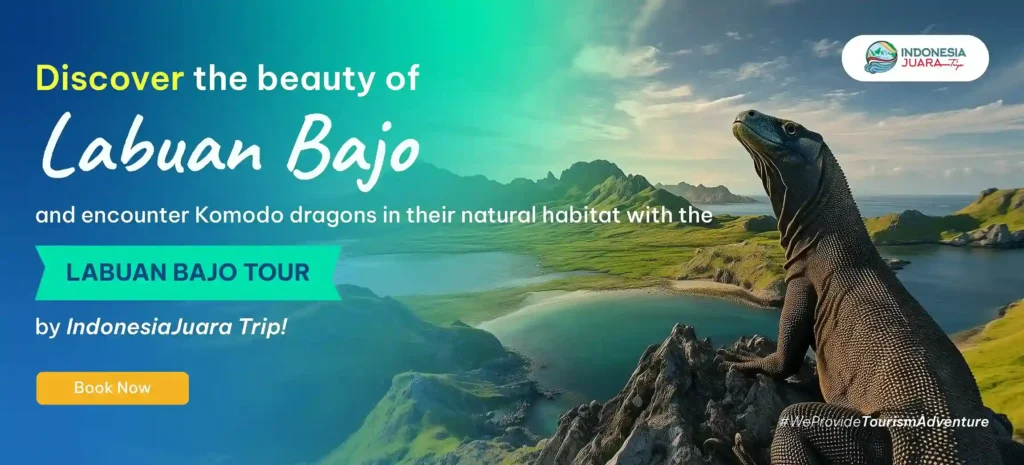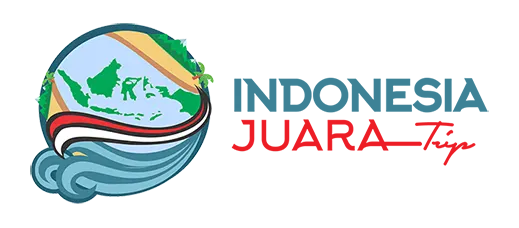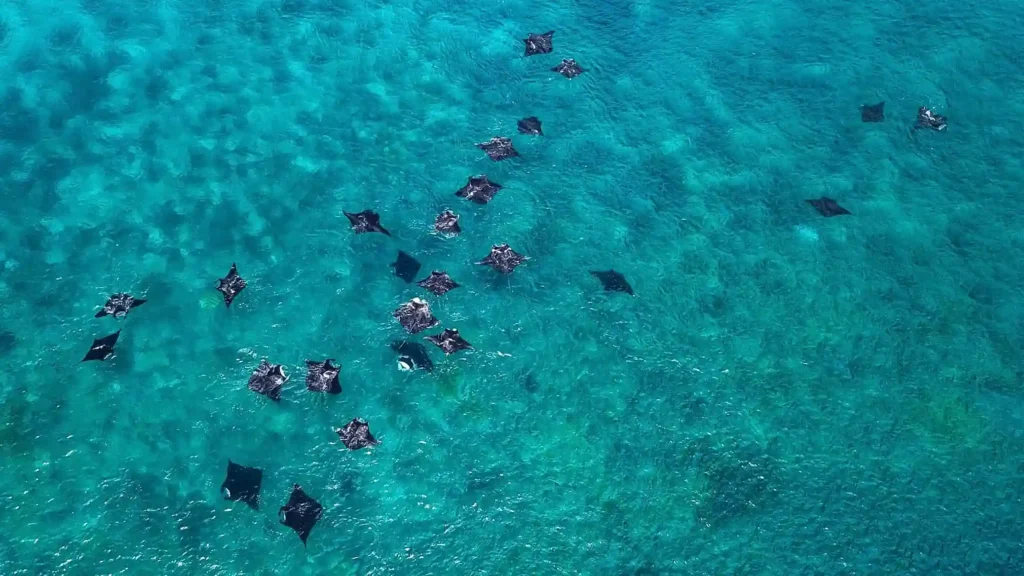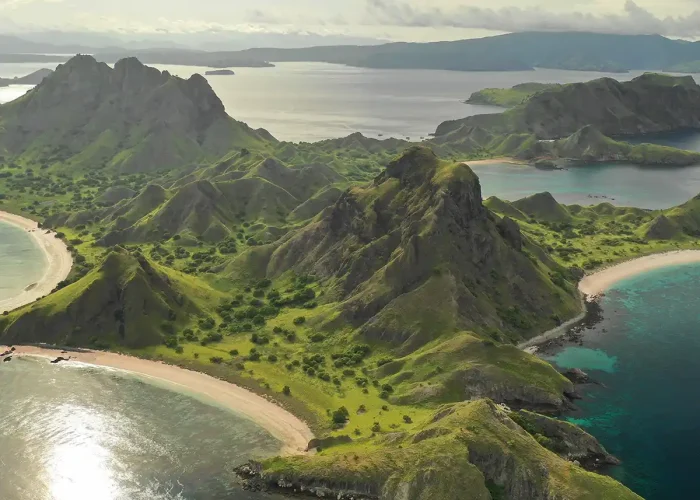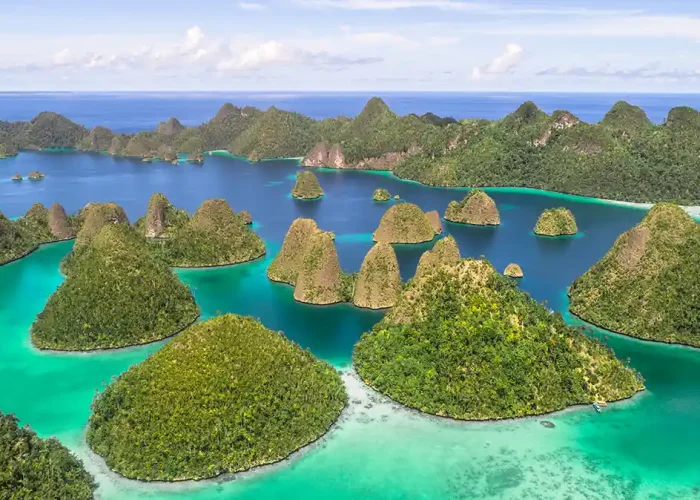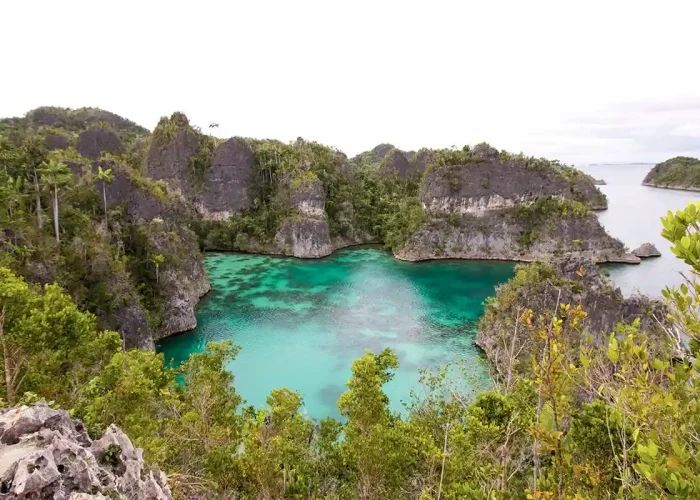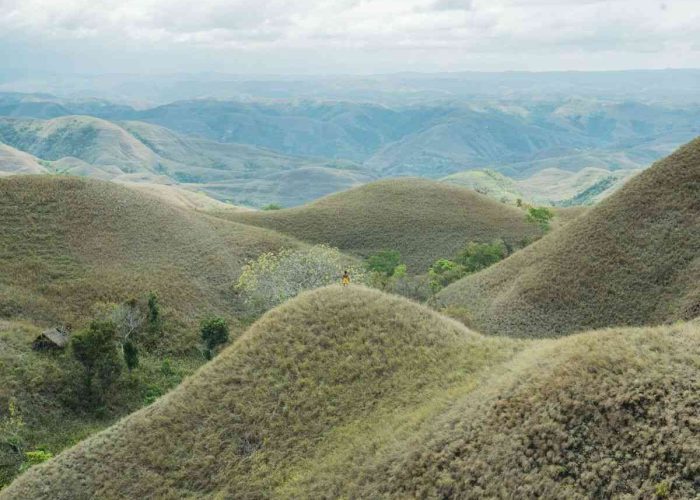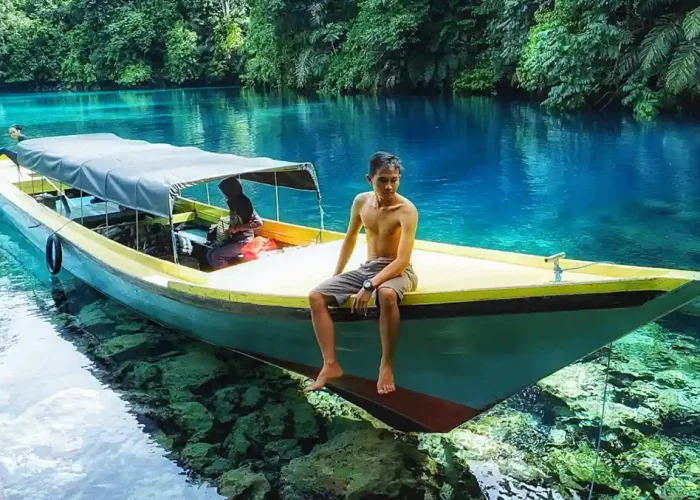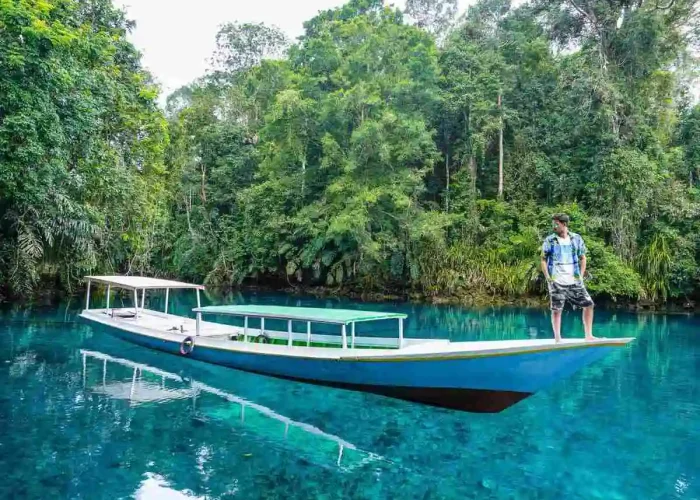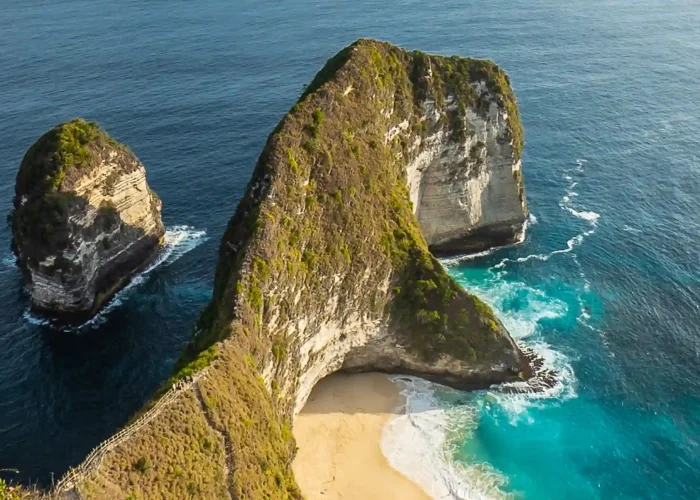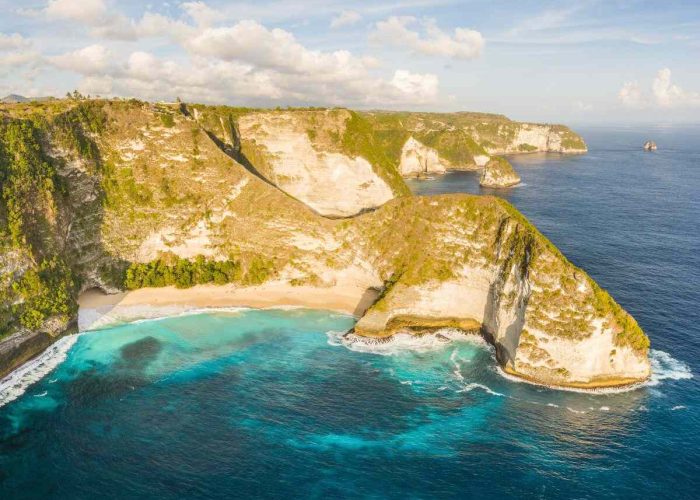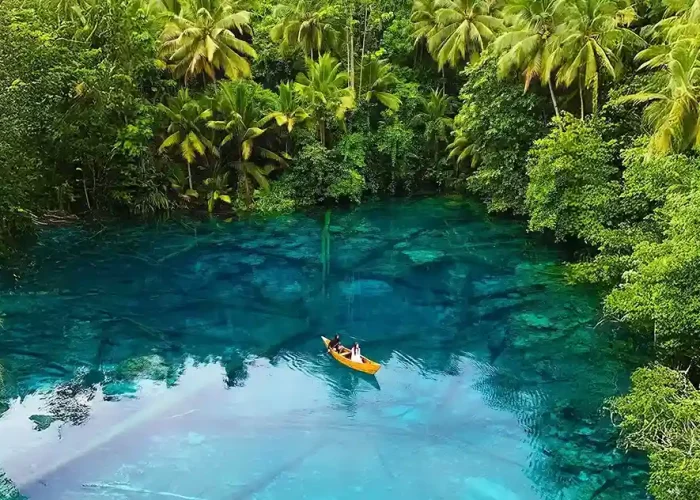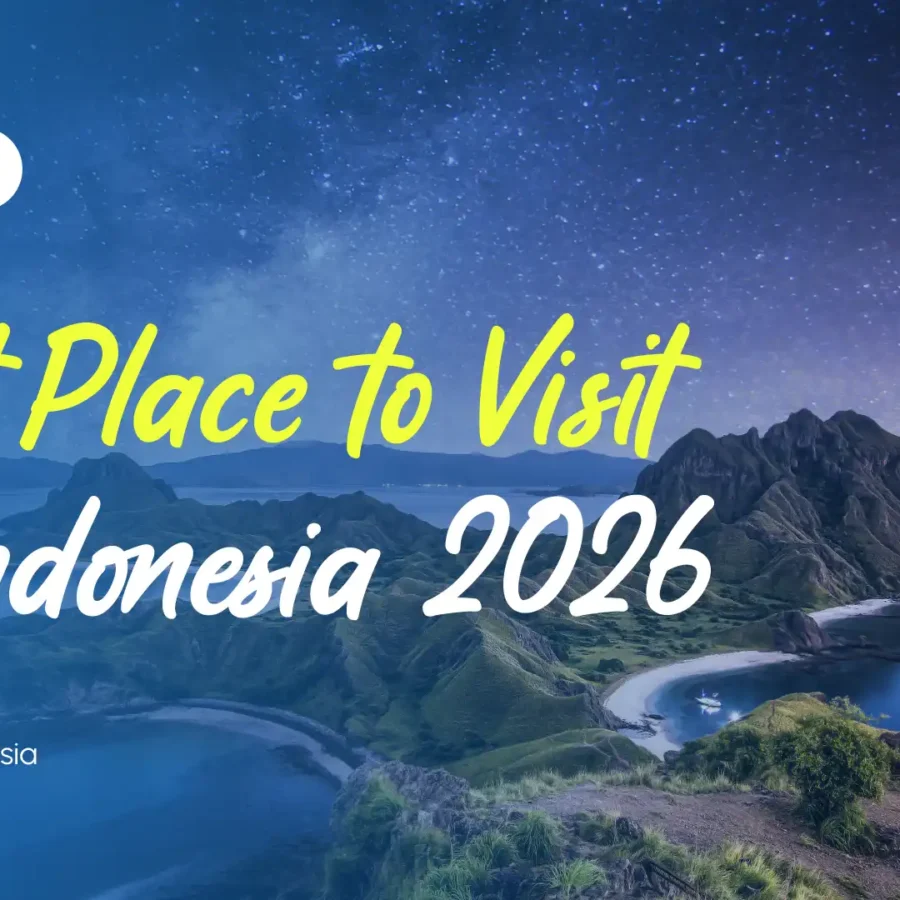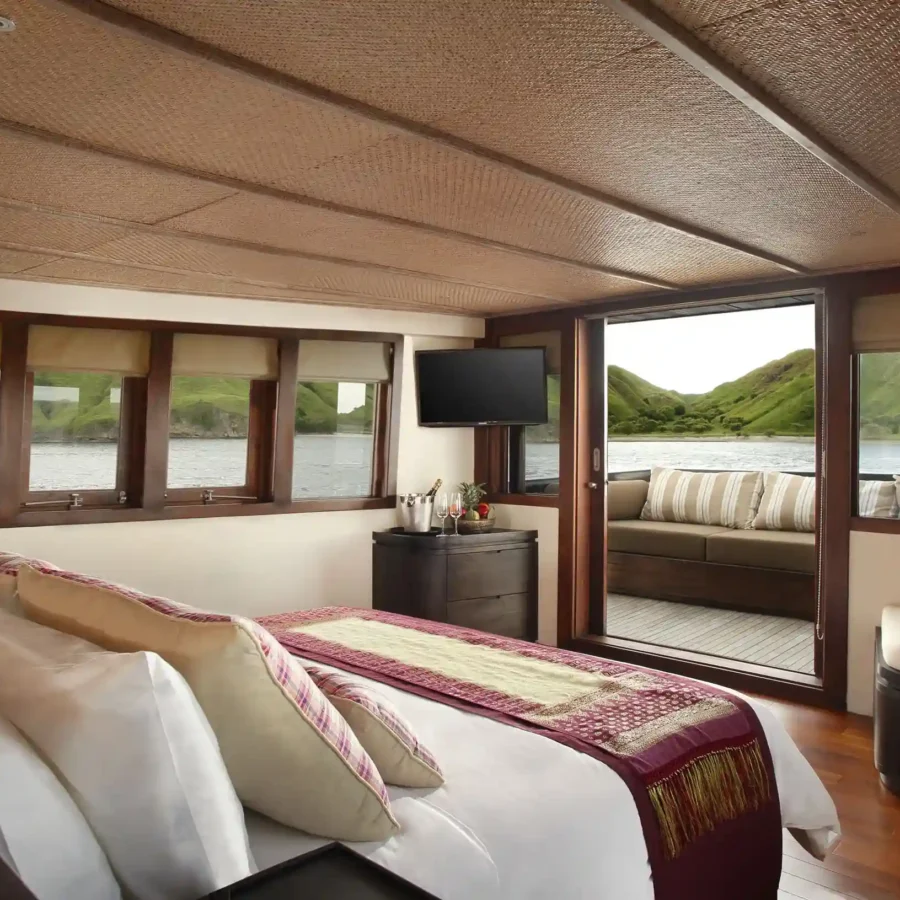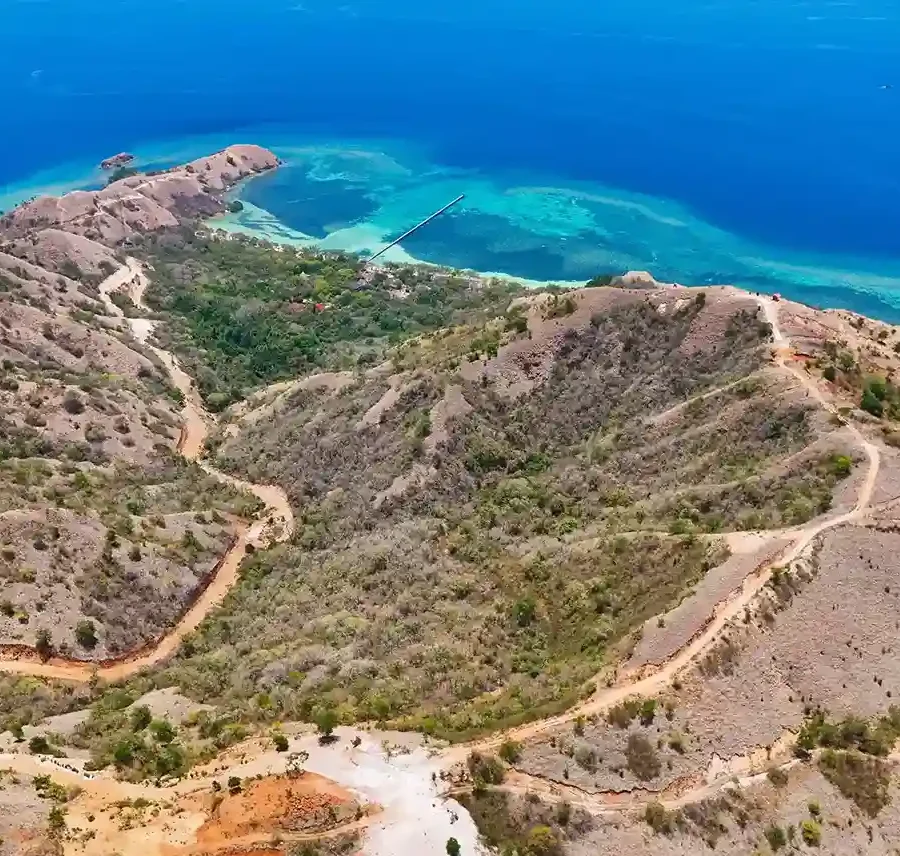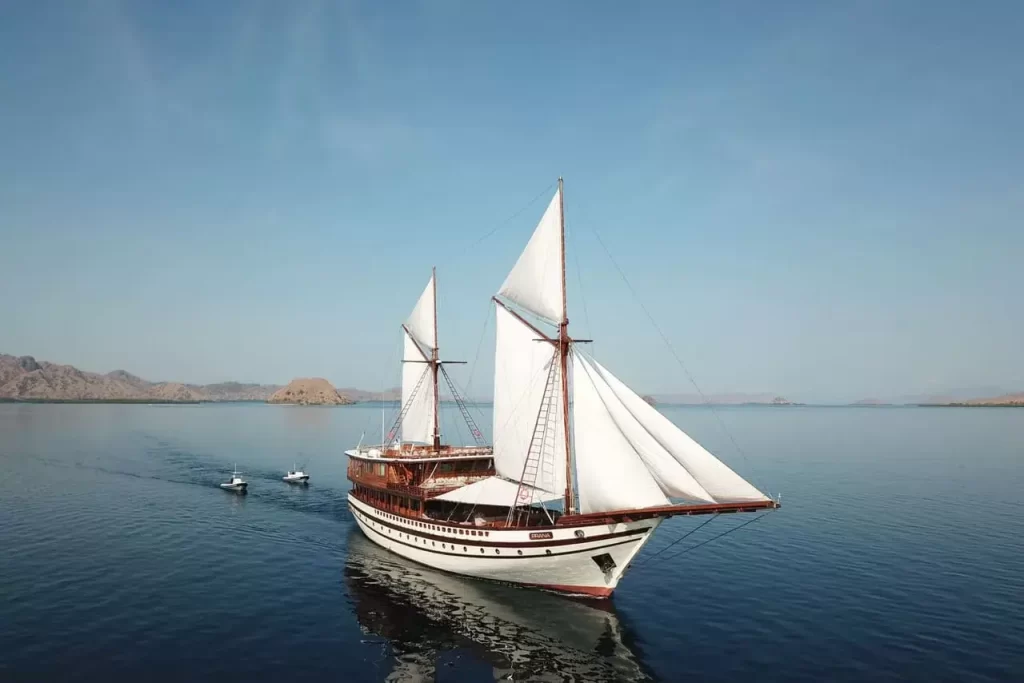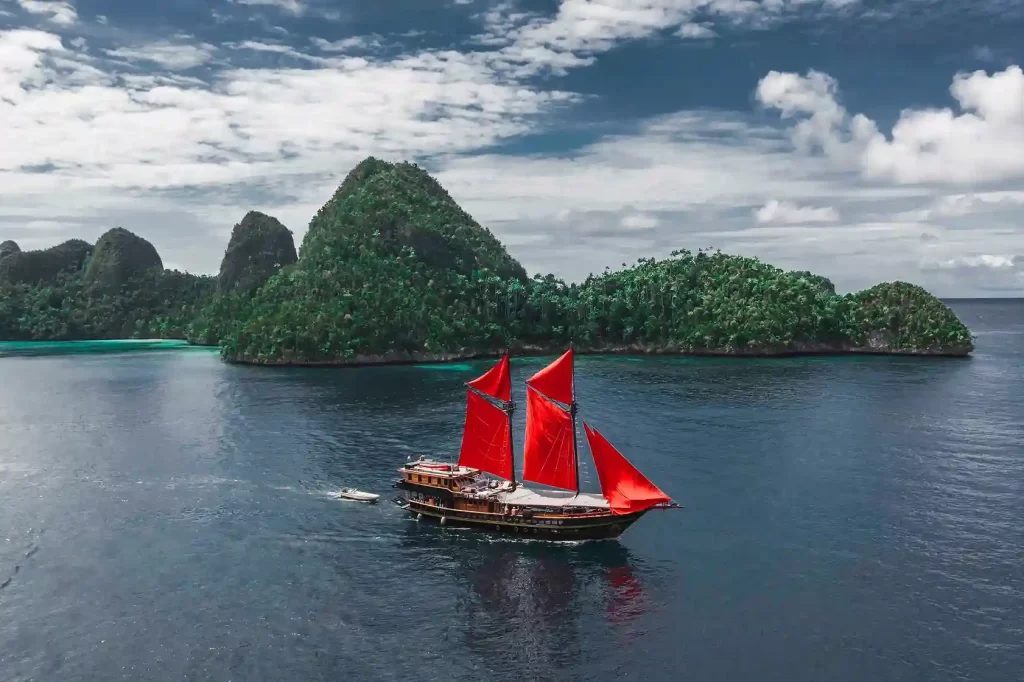Have you ever imagined what it feels like to swim alongside giant manta rays that can grow several meters wide, gracefully gliding through the deep blue waters of Komodo? These magnificent creatures are known as one of the most sought-after icons of the underwater world by divers around the globe. If you love the ocean or want a diving experience that’s truly different, understanding the manta ray season in Komodo is a must. Keep reading, because we’ll dive into when’s the best time to see manta rays, what the sea conditions are like, and the most exciting way to meet them in their natural habitat!
Table of Contents
Getting to Know About Manta Rays

Before talking about the best season, let’s get to know our main star, the manta ray. These large fish have a wide, kite-shaped body with long “wings” on each side. With a wingspan that can reach more than 5 meters, manta rays are admired for their smooth and gentle swimming motion through the water. They are the largest species of ray in the world, commonly found in warm tropical seas such as those around Komodo National Park, Labuan Bajo. Their natural beauty attracts divers from all over the world who travel miles just to watch these ocean giants gracefully “dance” in the sea.
Uniquely, every manta ray has distinct spot patterns on its belly, much like a human fingerprint. Scientists use these patterns to identify and differentiate individuals. Despite their size, manta rays are gentle and harmless creatures, so you can swim or dive close to them without fear. Many travelers say that seeing manta rays in Labuan Bajo up close is one of the most unforgettable underwater experiences they’ve ever had.
When Is the Manta Ray Season in Komodo?

Now here comes the big question, when exactly is the best time to see manta rays in Komodo? The good news is that you can actually spot them almost all year round, though there are certain months when their numbers increase significantly. Manta rays usually appear more frequently when the sea is rich in plankton, their main food source. So, the best time for snorkeling or diving largely depends on sea conditions and plankton availability in their habitat.
In general, there are two main periods recognized as the manta ray season in Komodo:
- December to March — the rainy season, when the ocean is full of plankton and nutrients. Though the weather can be humid, your chances of spotting manta rays are much higher during this time.
- September to November — the transition period from the dry to rainy season, when the sea temperature gets warmer and plankton blooms again.
These two windows are considered the golden months for snorkeling or diving at Manta Point Komodo. Outside of these months, manta sightings are still possible, just less frequent. So, if you want to make sure you see them up close, plan your Komodo trip between September–November or December–March for the best experience.
Sea Conditions During Manta Ray Season in Komodo
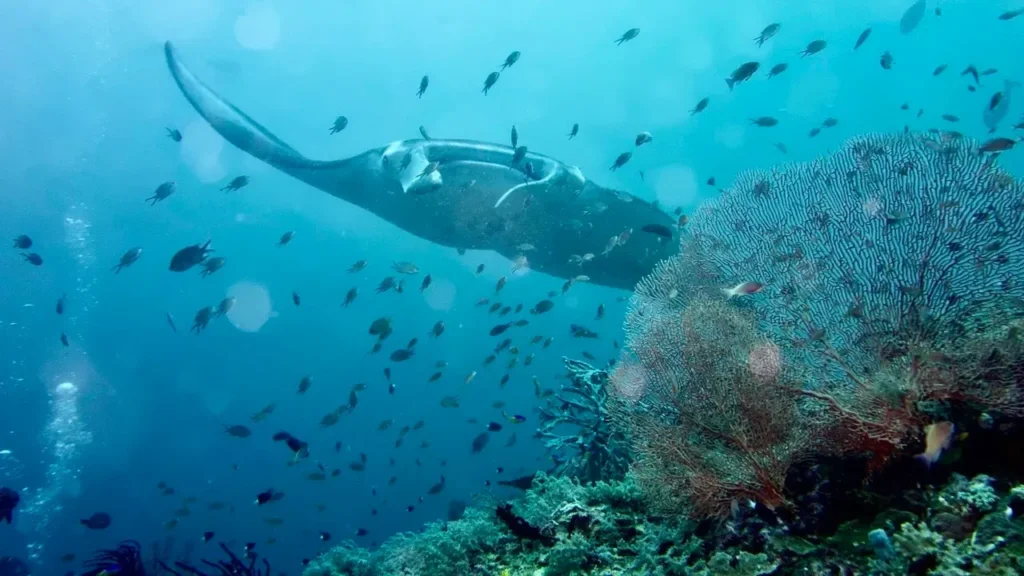
Now that you know when to go, it’s also important to understand what the ocean conditions in Komodo are like during manta season. From December to March, the rainy season brings slightly stronger currents and moderate waves around the Komodo area. However, that’s exactly when plankton thrives, attracting manta rays to the surface to feed. Although the visibility might be a bit lower, watching manta rays glide so close is an unforgettable sight.
Meanwhile, from September to November, the sea tends to be calmer, the water clearer, and the currents milder. This makes it ideal for beginner snorkelers or divers since conditions are generally safer and more comfortable. Many Komodo tour operators also recommend this period because the underwater visibility is at its best. So whether you prefer the thrill of the rainy season or the tranquility of the dry one, your chance of seeing manta rays remains high, it all depends on the kind of ocean adventure you’re after.
Read more: Diving in Komodo: An Exciting Experience Exploring the Underwater World of Komodo
Manta Point: The Best Place to See Manta Rays in Komodo
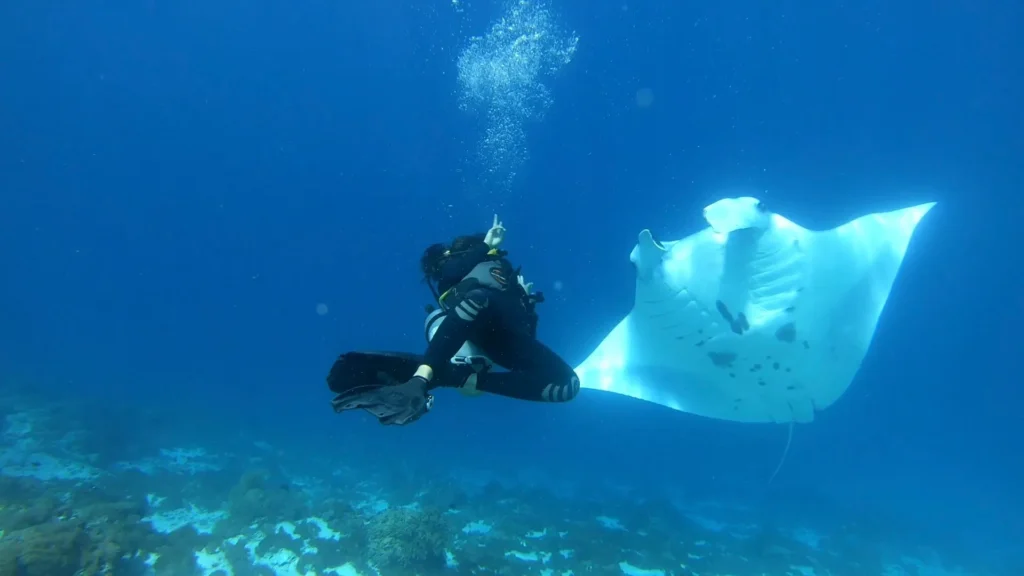
Once you’re familiar with the sea conditions, it’s time to talk about Manta Point Labuan Bajo, the most famous spot to see manta rays up close. Located within Komodo National Park, about an hour’s boat ride from the main harbor, this area is known for its nutrient-rich currents full of plankton, a perfect feeding ground for manta rays. That’s why during the manta ray season, it’s common to spot several gliding effortlessly beneath the surface.
Another highlight of Manta Point is the “cleaning station,” where small fish remove parasites from the manta rays’ skin. This is where the magic happens for snorkelers and divers, manta rays often circle and swim gracefully around you. Even if you’re not a certified diver, you can still witness these gentle giants up close, as they often swim near the surface, easily visible with just snorkeling gear.
Labuan Bajo Tour: The Best Way to See Manta Rays
To make the most of your experience, the best way to see manta rays is by joining a Labuan Bajo tour with a trusted operator like IndonesiaJuara Trip. Not only is it more convenient, but it’s also safer and more organized, everything from the boat, guides, to the snorkeling spots is already arranged. Manta Point is typically included in the itinerary, so you won’t have to worry about arranging your own transport to this remote location.
There are two types of tours you can choose based on your travel style:
- Open Trip Labuan Bajo
Open Trip Labuan Bajo is perfect for social travelers who love meeting new people and want a budget-friendly yet fun adventure. In one trip, you’ll visit Manta Point, Padar Island, Pink Beach, Taka Makassar, and more. It’s affordable, exciting, and full of shared experiences aboard the boat. - Private Trip Labuan Bajo
If you prefer a more peaceful and personal experience, the Private Trip Labuan Bajo is ideal. You can customize your own itinerary, select your preferred boat, and decide how long you want to stay at Manta Point. This option offers flexibility and exclusivity, great for couples, families, or small groups looking for a relaxed, intimate escape.
By joining one of these tours, you’ll not only increase your chances of seeing manta rays but also enjoy a well-planned and comfortable ocean trip guided by professionals who truly know Komodo’s marine life.
Read more: End Year Holiday 2025 in Labuan Bajo – 3D2N Open Trip with IndonesiaJuara Trip
Tips for Seeing Manta Rays at the Right Time
To make sure you meet manta rays at the perfect time and get the most out of the manta ray season in Komodo, there are a few important things you should pay attention to. The timing and the way you interact in the ocean can really determine whether you’ll get to see them up close or not. So, here are some tips you can follow to make your experience even more fun and safe:
- Go Early in the Morning
Manta rays are usually more active in the morning, especially when the currents are still gentle, and the visibility is clear. This is the best time if you want to snorkel or dive at Manta Point. - Choose an Experienced Operator
Pick a trusted tour operator like IndonesiaJuara Trip, which knows the manta ray patterns throughout the season. Experienced guides know the best times and areas where manta rays are most likely to appear. - Don’t Touch or Chase the Manta Rays
Manta rays are sensitive to aggressive movements. Let them come to you, they’re often curious and might circle around divers on their own. - Use Comfortable Snorkeling or Diving Gear
Make sure your mask fits well and doesn’t let water in so you can enjoy watching manta rays glide by for longer. Comfortable gear helps you stay focused on the underwater beauty without distractions. - Use Reef-Safe Sunscreen
During the manta ray season in Labuan Bajo, many visitors come to the area, so it’s important to protect the marine ecosystem. Use reef-safe sunscreen to help preserve coral reefs and plankton, the main food source for manta rays. - Pay Attention to Ocean Currents
Sometimes, the current at Manta Point can change quickly, especially during plankton season. Always listen to your guide’s instructions and avoid swimming too far from the boat to stay safe while snorkeling or diving.
Following these tips will not only increase your chances of spotting manta rays but also help preserve their natural habitat. That way, your trip becomes not just fun, but meaningful for ocean conservation too.
Let’s See Manta Rays in Labuan Bajo with IndonesiaJuara Trip!
To wrap it up, the manta ray season in Komodo is hands down the best time to enjoy snorkeling or diving with one of the ocean’s most iconic creatures. They’re most commonly seen between September–November and December–March, when the sea is rich in plankton and the water temperature is just right for them to feed. During these months, your chance to encounter them up close, either near the surface or deep underwater, is much higher. So if you’ve been dreaming of an extraordinary underwater adventure, this is the perfect time to visit Labuan Bajo.
If you can’t wait to meet manta rays in their natural habitat, IndonesiaJuara Trip is ready to take you there. With their Labuan Bajo tour packages, you can plan your trip hassle-free, from the boat and itinerary to the best Manta Point spots for diving or snorkeling. So, start planning your journey now and experience the unforgettable thrill of diving during the manta ray season in Komodo with IndonesiaJuara Trip, an adventure that will stay with you long after you return home.
